There are 7 main types of algae (but more do exist) that aquariums can have.
Brown algae
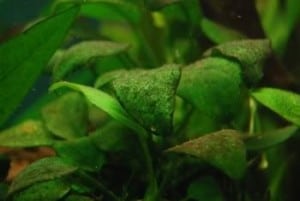
This will probably be the first type of algae any one will encounter in the aquarium and could appear from early on and will normally disappear when the tank stabilises and becomes more mature. Brown algae could be in the form of a fluff like or spot appearance on plant leaves, rocks, glass, substrate or decorations. Unless you are aiming for a high tech planted set up, it is important to reduce nutrient levels if possible. As this algae grows well in low light, reducing light levels doesn’t help and could out do the green algae, so adding more light could help to rid brown algae. If brown algae appears in an established tank then all water parameters need to be checked and lighting tubes if older than 8/12 months may need to be replaced as they lose their intensity. Some will even change the tubes every 6 months to maintain good lighting in their tanks.
Possible causes:
- Low light
- Light tubes at end of their life,
- High nitrates
- High phosphate levels (from over feeding)
- Poorly maintained aquarium/filter
Possible solutions:
- Increase lighting intensity and/or duration
- Replace worn out light tubes
- Clean filter
- Reduce nitrates to less than 20ppm
- Conduct regular water changes
Green hair algae
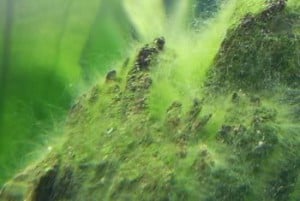
Is probably the most common of all algae you will come across in your aquarium and can take on many forms, from spots, hair, or bushy appearance. Light green in colour and can reach lengths of over 1 inch and if left on its own, it will cause problems. It tends to grow in clumps that can easily be scraped off although it can return quickly.
Possible causes:
- High light
- Low c02
- Low nitrates
Possible solutions:
- Reduce amount of lighting
- Increase nitrate levels
- Increase c02
Black Red/brush algae
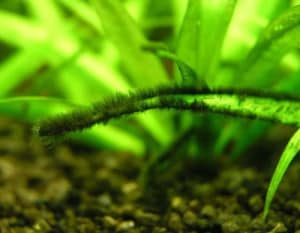
Can be found growing on leaf edges of slow growing plants, bog wood and around filters etc. Grows in clumps or patches of fine black or red tufts up to about 0.5cm long.
Possible causes:
- Low or fluctuating CO2 levels
- Could also indicate a high kH problem
Possible solutions:
- Increase the levels of CO2, levels should ideally be 30ppm
- Improve water circulation around the plants as good water flow is important
- In low light tanks reducing water changes for a time may help resolve the problem
- Overdosing excel to keep the c02 stable
Blue green algae (cyanobacteria)
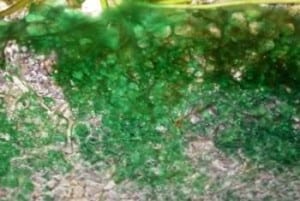
Not truly an algae but bacteria. Covers everything in a blue/green slimy sheet. Easily peels off but grows back again very quickly. It has a foul smell. It is very commonly found in the substrate and especially along the front where gravel meets glass but also can be found at the back of the tank and on décor.
Possible causes:
- Very low nitrates or higher levels of other nutrients
- Dirty substrates and filters can also bring it on
- Poor water circulation
Possible solutions:
- Check water parameters Improving water circulation can also help to reduce this algae
- If all else fails a black out could be the way to remove it so leave the lights off of preferably cover the tank for a week.
- As a last resort you could use “erythromycin” but this WILL affect the bacteria in the filter so great care must be taken. Vacuum substrate thoroughly when doing water changes
- Stir up the very top level of gravel and thoroughly filter water.
Green spot algae
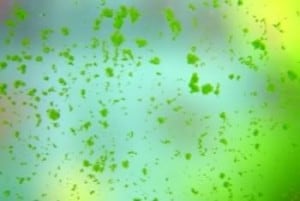
Forms hard green circular spots on the glass and plant leaves.
Possible causes:
- Low c02 and possible low p04 levels (phosphate)
- Lighting duration too long
Possible solutions:
- Check CO2 levels
- Check p04 (phosphate) levels
- Make sure you are not over feeding
- Reduce lighting period 8 to 12 hours should be plenty of lighting time for plants. If it is more then reducing it may help
- It can be scraped off the glass using a razor blade or a good magnetic glass scraper
Stag horn algae
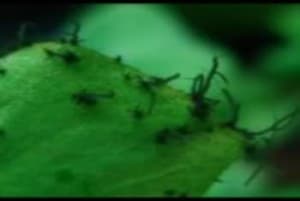
Grows in strands like a stags antlers. Black to grey/green in colour and sometimes a reddish tint.
Possible causes:
- Low CO2
- Overfeeding fish and excess mulm
- Dirty filter
- Disturbed dirty substrates without doing water change afterwards.
Possible solutions:
- Check CO2 levels
- Reduce feeding, Vacuum the substrate and remove mulm
- Overdosing Flourish Excel may help
- Clean filter and conduct regular water changes.
Green water
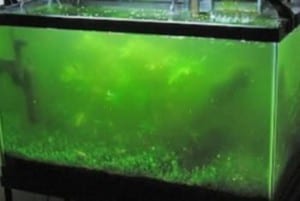
Prevention is the key but that is easier said than done until one finds the proper balance of light, light duration, co2, nitrates, phosphates, and general water quality.
Possible causes:
- High lighting High ammonia (nh4)
- High nutrient levels Disturbance of dirty substrate
- Over feeding Sunlight on the tank
Possible solutions:
- Reduce lighting
- Check ammonia levels
- Check water stats
- Do not over feed
- Make sure there is no indirect lighting (sunlight)

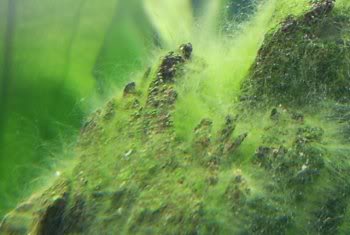
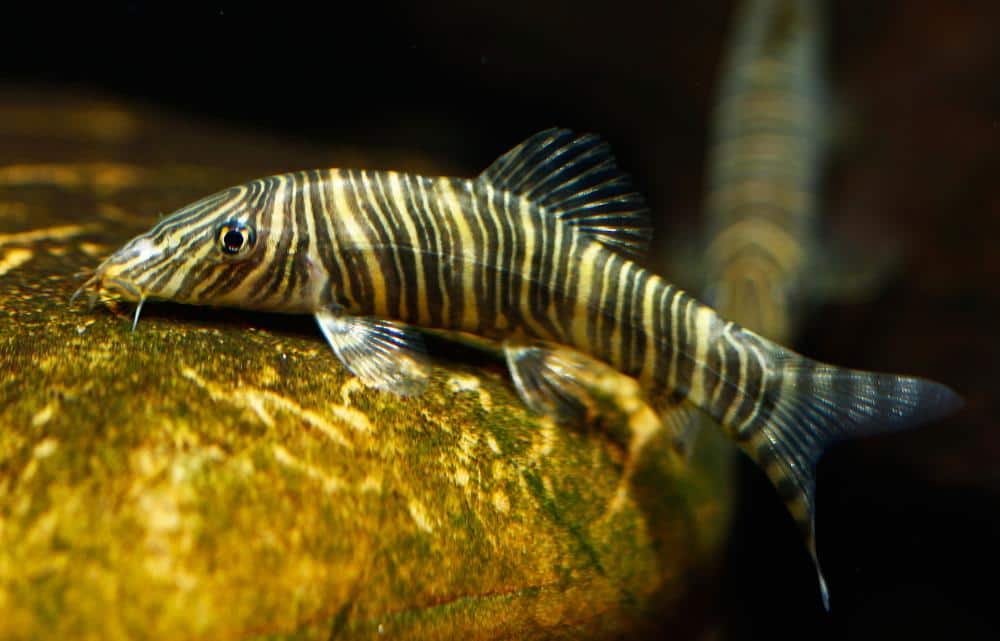
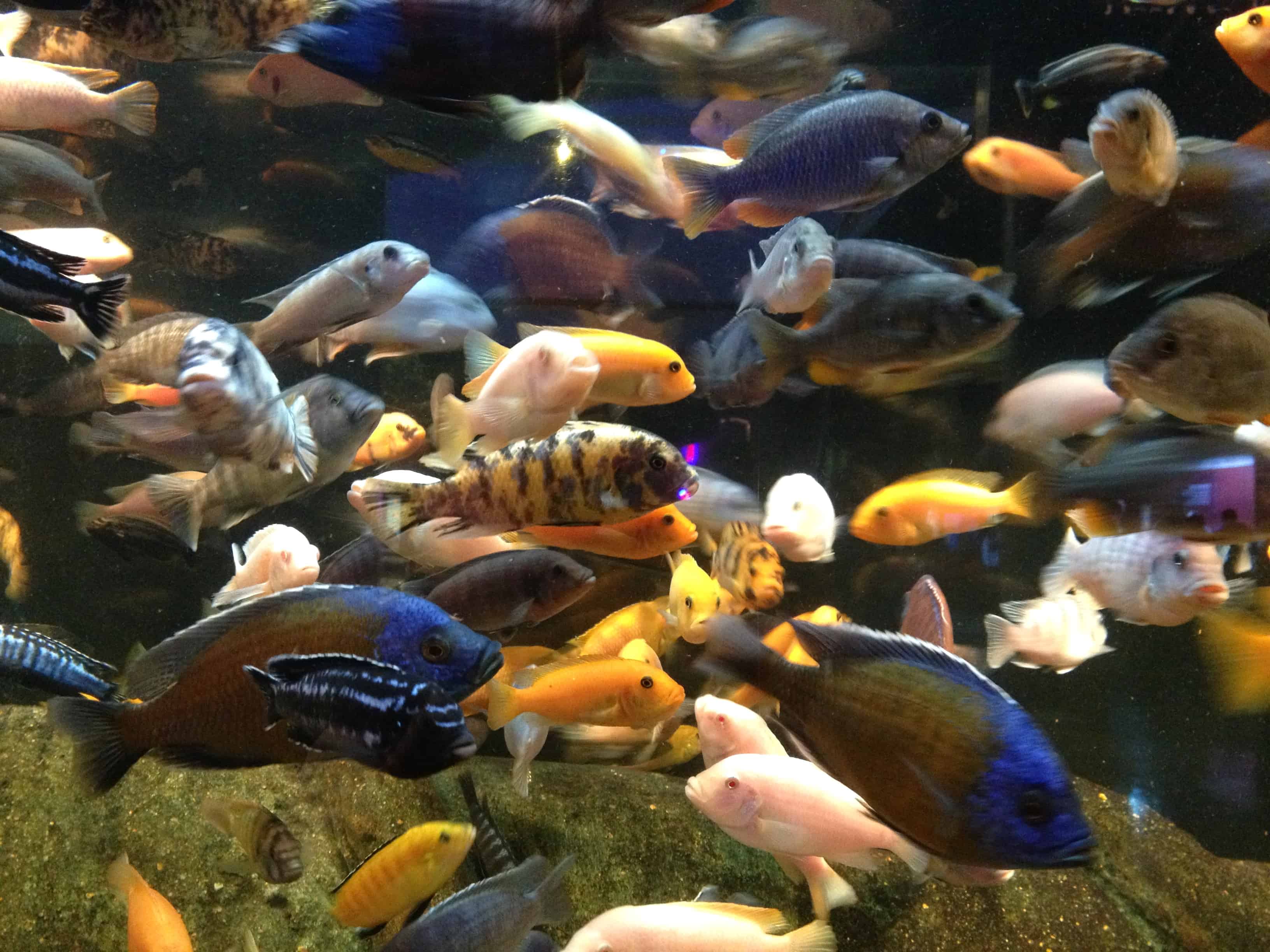
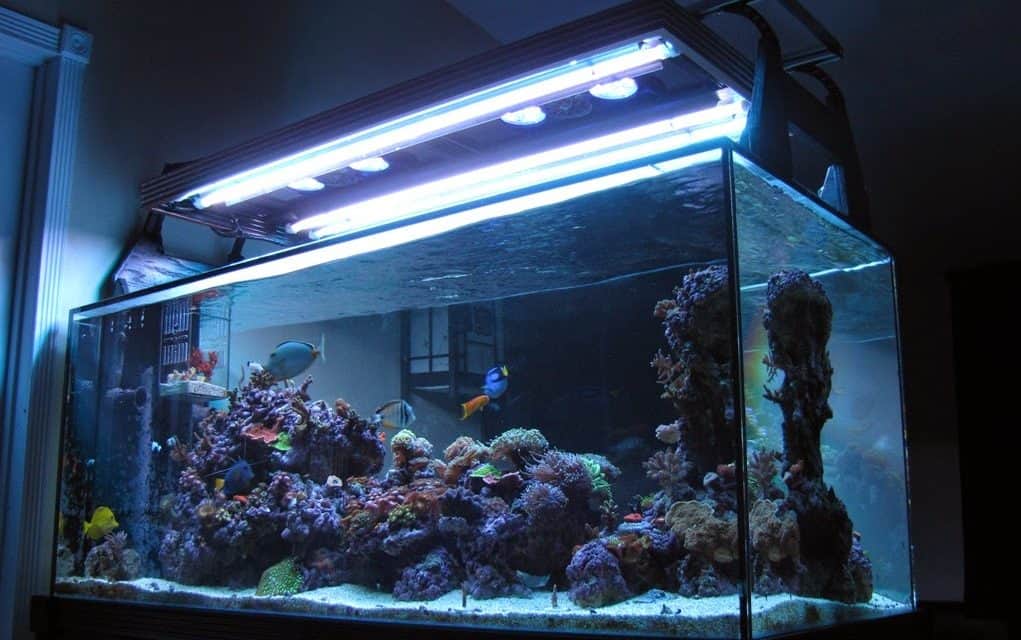
good intro to aquarium algae and types … basics are aways good
good intro to aquarium algae and types … basics are aways good
good intro to aquarium algae and types … basics are aways good